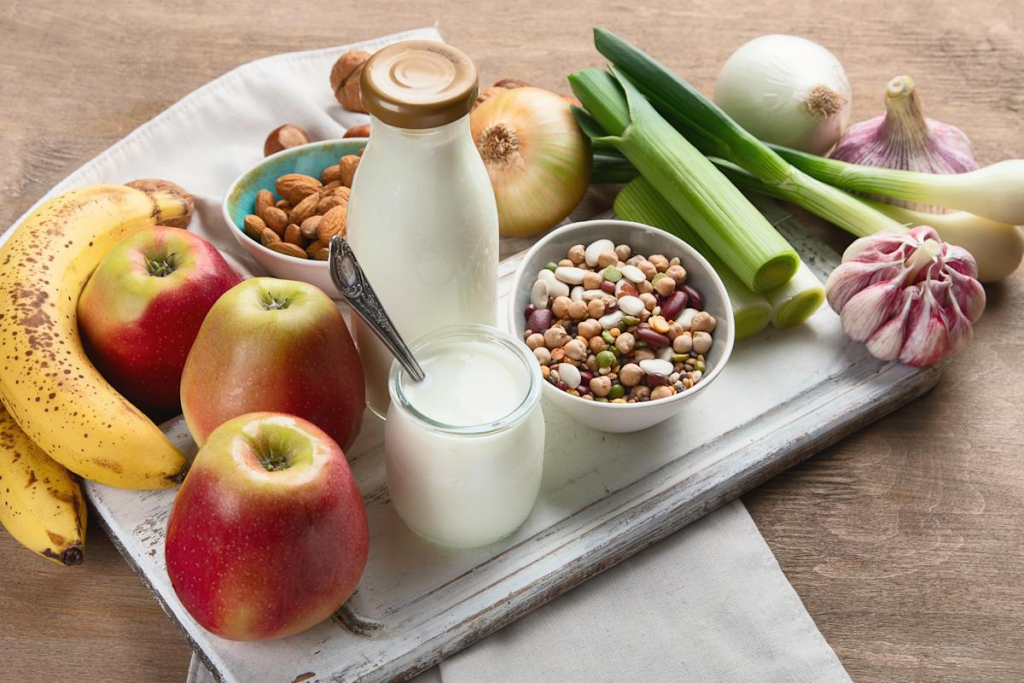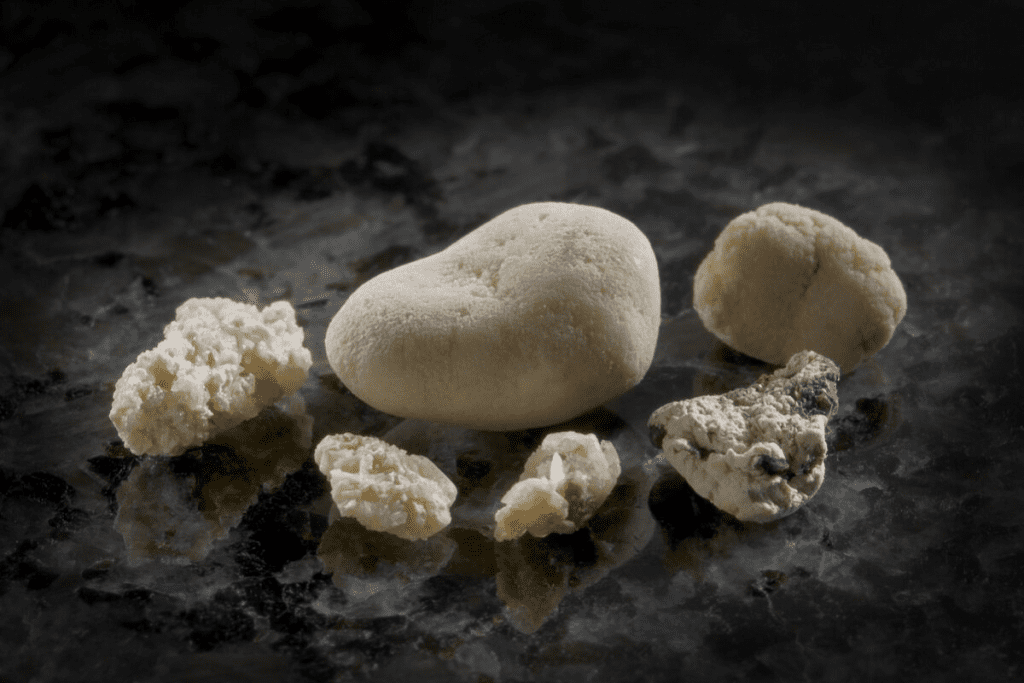Last Updated on October 31, 2025 by
Uric acid kidney stones are notoriously painful. Get our ultimate survival guide for powerful prevention tips and proven treatment options.
Dealing with kidney stones is very painful and frustrating. At Liv Hospital, we aim to provide top-notch healthcare. We also offer full support and guidance to international patients.
The hardest kidney stones are those over 10 mm in size. This is true for stones made of cystine or calcium oxalate. Studies show that only 27% of stones 10 mm or larger pass on their own. But, stones under 5 mm pass in up to 88% of cases.

It’s important to know the type and details of your kidney stone. This helps us figure out the best treatment. Different kidney stone types vary in size, makeup, and shape. These factors can make a big difference in how easy they are to pass.
It’s important to know about kidney stones to manage and prevent them. These mineral deposits can cause a lot of pain. Millions of people worldwide deal with this issue.

Kidney stones are hard, mineral-based objects that form in the kidneys. They happen when there’s an imbalance in the substances. This imbalance causes minerals to crystallize, forming stones.
Many factors can lead to kidney stone formation. These include diet, not drinking enough water, and genetics.
The National Institute of Diabetes and Digestive and Kidney Diseases says many things can cause kidney stones. This includes eating certain foods, not drinking enough water, and some medical conditions.
“The most common type of kidney stone is the calcium oxalate stone,” says a top urologist. “It forms when calcium and oxalate mix in urine. Other types include uric acid stones, struvite stones, and cystine stones, each with its own causes and risks.”
Knowing the symptoms of kidney stones is key to getting help quickly. Common signs are severe back or side pain, pain that spreads to the lower abdomen or groin, nausea, vomiting, and blood in the urine. The pain from kidney stones can be very intense and may come and go.
If you notice these symptoms, see a doctor right away. They can help diagnose and treat the issue. Early action can prevent more serious problems.
Key symptoms to watch out for:
Learning about kidney stones can help you prevent them and know when to seek medical help.
It’s important to know why some kidney stones are hard to pass. The size and shape of the stone play a big role. This helps doctors figure out the best way to treat them.
The size of a kidney stone is key in determining how hard it is to pass. Larger stones are less likely to pass naturally and often need medical help. Research shows that stones over 5 mm are much harder to pass than smaller ones.
The shape and where the stone is in the urinary tract also matter. Irregularly shaped stones or those stuck in narrow spots are harder to pass. Where the stone is located affects how hard it is to pass and what treatment is best.

When looking at kidney stones, coronal measurements are very important. They show how the stone is oriented and how hard it is to pass. These measurements help doctors plan the best treatment.
By looking at size, shape, location, and how measurements are taken, we can understand why some stones are harder to pass. This helps doctors create better treatment plans for each patient.
Kidney stones come in many types, like uric acid, cystine, and calcium oxalate stones. Each type has its own traits and challenges. Knowing these differences is key to treating and preventing them.
Cystine stones are rare but very hard to deal with. They are caused by a genetic disorder that makes too much cystine in the urine.
Characteristics of Cystine Stones: They are big and irregular, making them hard to pass.
Calcium oxalate stones are the most common. They can be affected by what we eat. They form when there’s too much oxalate in the urine.
Dietary influences are key in forming calcium oxalate stones. Eating foods high in oxalate, like spinach and beets, can raise the risk.
Uric acid stones are linked to diet and metabolic issues. They are more common in those who eat a lot of meat, seafood, and sweets. People with metabolic syndrome are also at higher risk.
Passage difficulties: Uric acid stones are hard to pass because of their makeup and the metabolic issues that cause them.
Struvite stones are often linked to urinary tract infections (UTIs). They can grow fast and get very big. Calcium phosphate stones are less common but can also be tough to handle.
Knowing the type of kidney stone is vital for the right treatment. Whether it’s uric acid, cystine, calcium oxalate, struvite, or calcium phosphate stones, each needs a special approach.
At Liv Hospital, we use many treatments for hard-to-pass kidney stones. We choose the best treatment based on the stone’s size, type, and location. We also consider the patient’s health.
For big or hard stones, we start with medical treatments. This includes pain relief and drinking lots of water to help the stone move.
Key medical interventions include:
When stones won’t pass on their own or cause a lot of pain, surgery might be needed. We use lithotripsy, ureteroscopy, and percutaneous nephrolithotomy.
Surgical options are considered based on:
It’s important to treat each type of stone differently. For uric acid stones, we might use medicines to make urine less acidic. For calcium oxalate stones, changing what you eat can help.
Prevention strategies include:
Managing and preventing kidney stones needs a full plan. This includes knowing the stone type, its causes, and the best treatments. At Liv Hospital, we help our patients manage their conditions well.
Preventing kidney stones means making diet changes, drinking plenty of water, and handling health issues. Knowing the stone type and its causes is key. For example, uric stones can be controlled with diet and meds. Also, knowing the stone color helps in diagnosis, as each type has a unique color.
By staying informed and working with doctors, patients can lower their risk. We stress the need for both medical help and lifestyle changes. This way, our patients get all-around care.
Kidney stones come in several types. The most common are calcium oxalate, uric acid, struvite, and cystine stones. Each type has its own challenges.
Stones over 10 mm are tough to pass on their own. The shape and where the stone is also matter. Stones that are irregular or in tight spots are harder to move.
Uric acid stones are linked to diet. They form when the balance is off, causing uric acid to crystallize.
Liv Hospital offers many treatments for kidney stones. This includes medical care like pain relief and staying hydrated. We also do surgery like lithotripsy and ureteroscopy. Plus, we have specific treatments and ways to prevent stones.
Yes, changing your diet can stop some types of kidney stones. Knowing the type of stone you have is key to preventing it.
The type of stone, like calcium oxalate or uric acid, helps decide treatment. Each type needs a different approach.
Knowing the causes and risks of kidney stones helps lower your risk. Working with your doctor is important.
Struvite stones are hard to treat and often linked to infections. They might need surgery or other treatments.
Cystine stones are rare but hard to deal with. They need a detailed plan, including understanding the genetic causes and using specific treatments.
Subscribe to our e-newsletter to stay informed about the latest innovations in the world of health and exclusive offers!